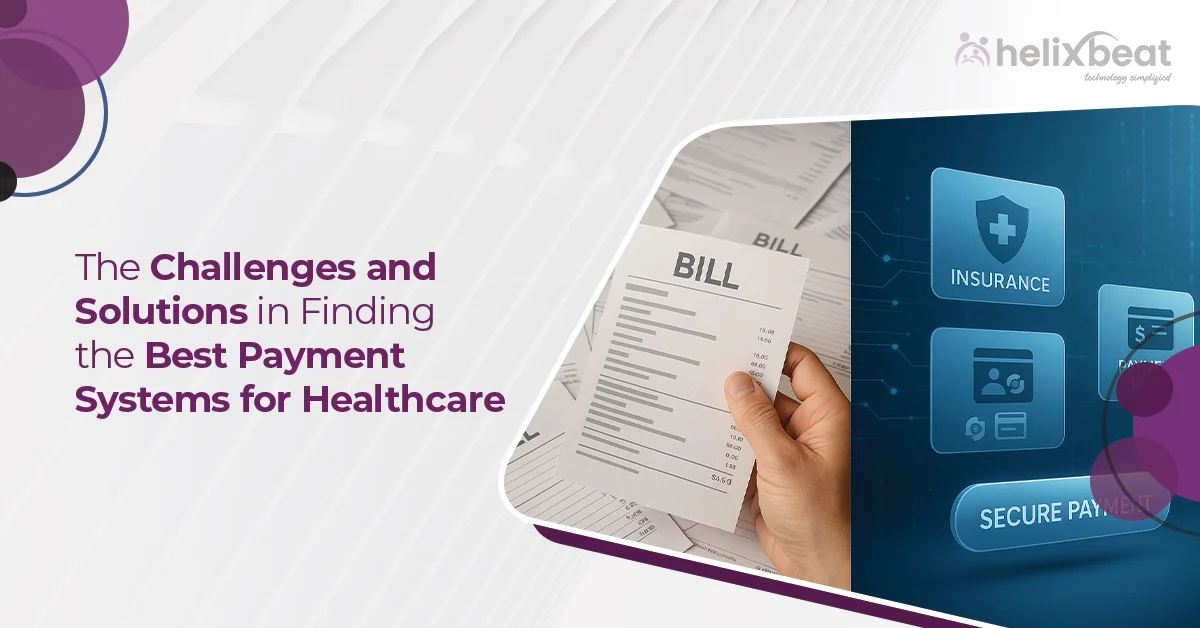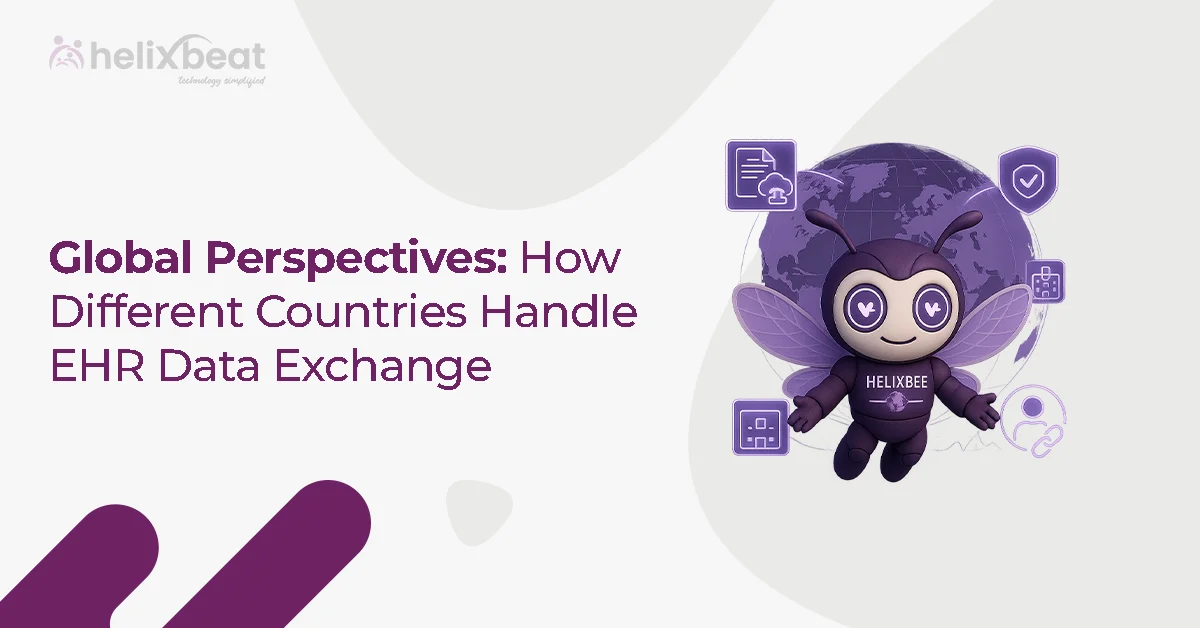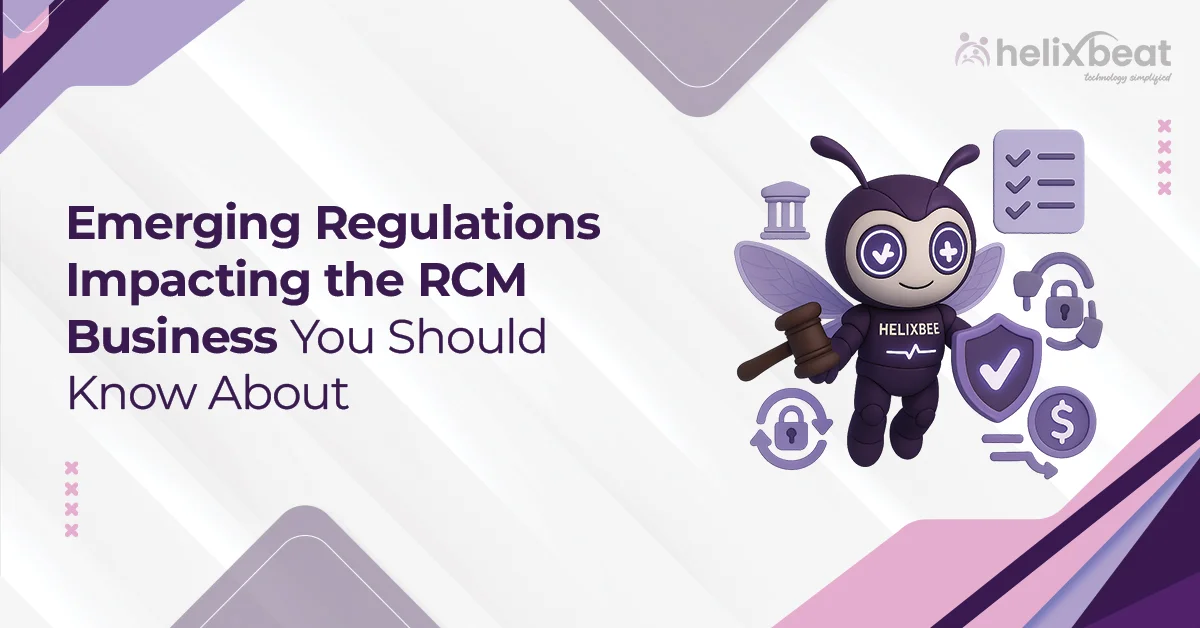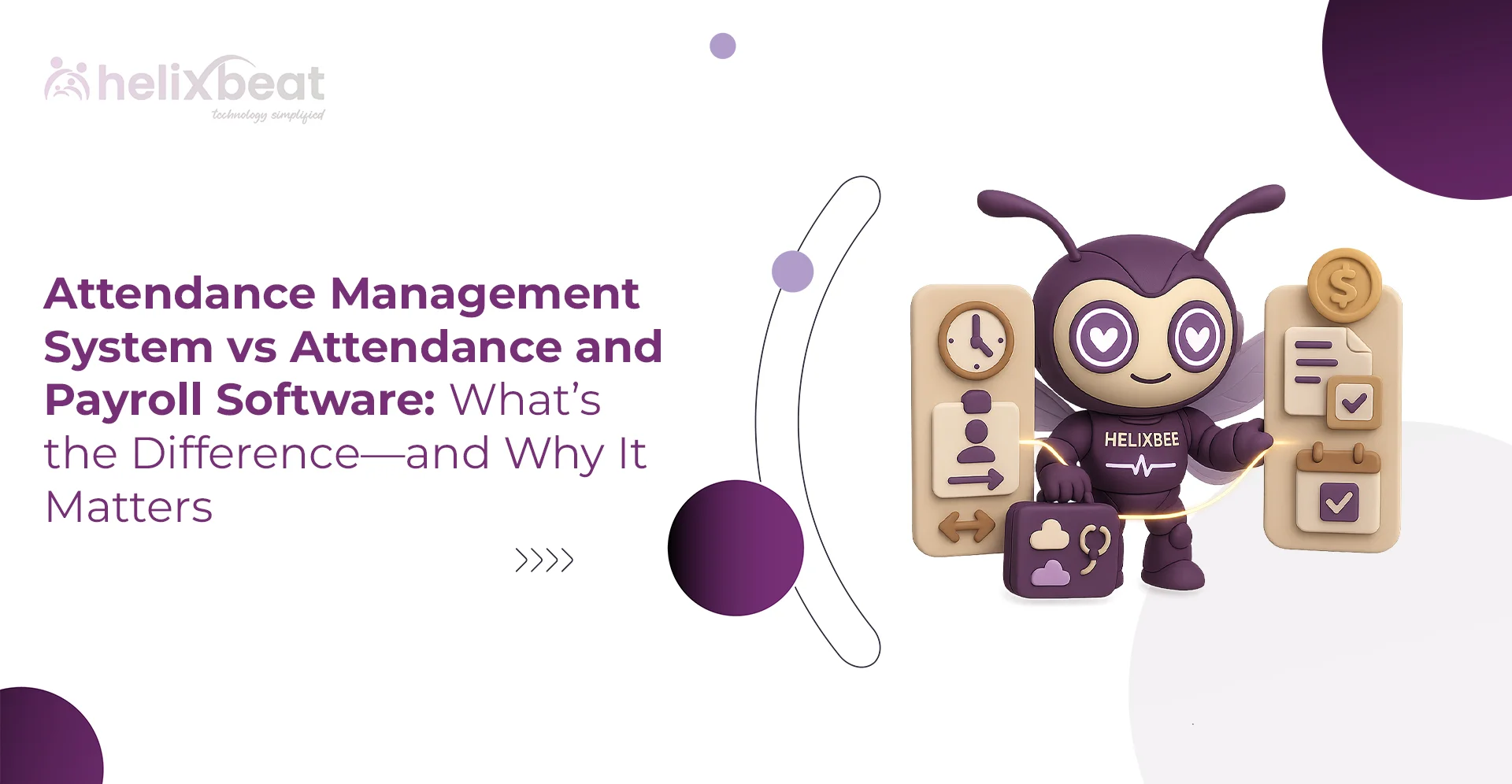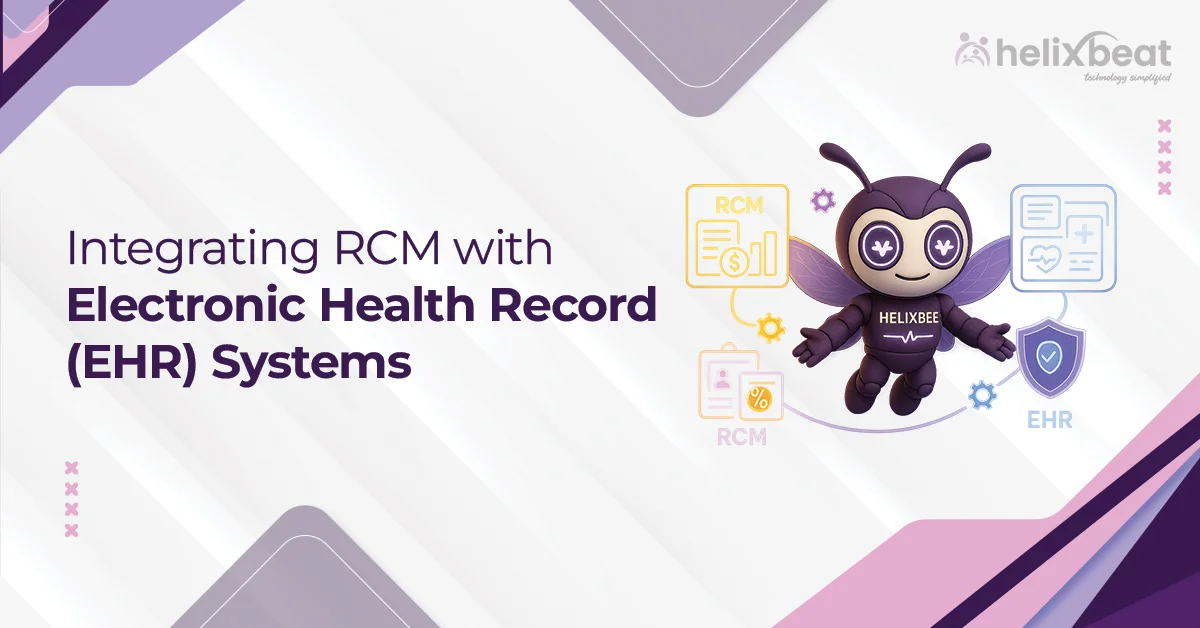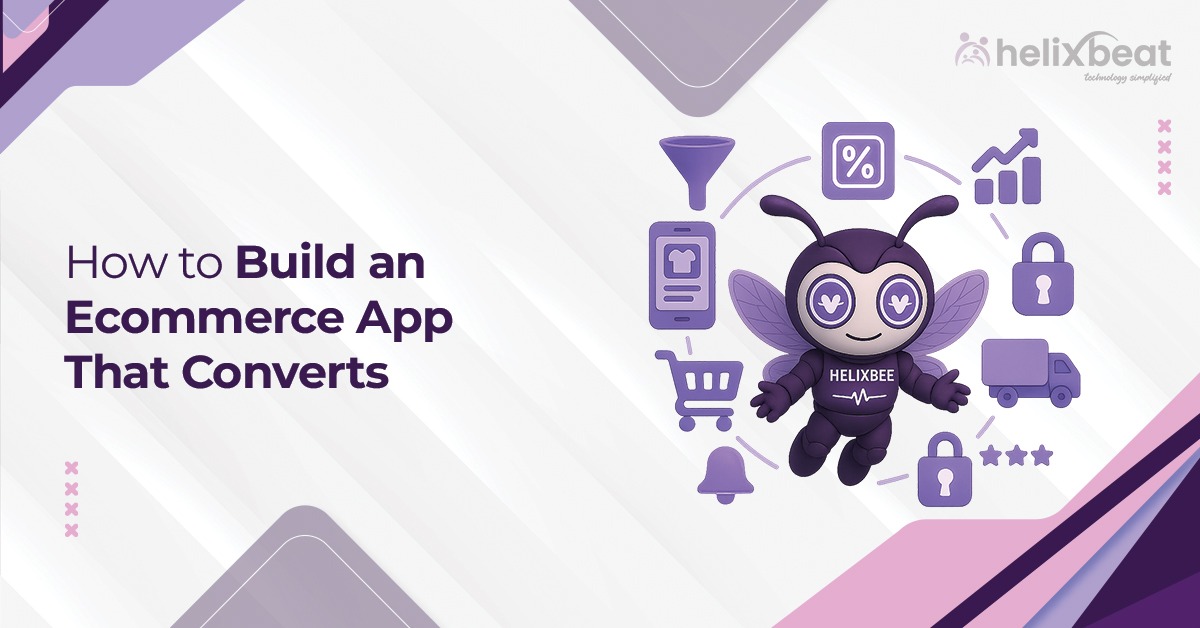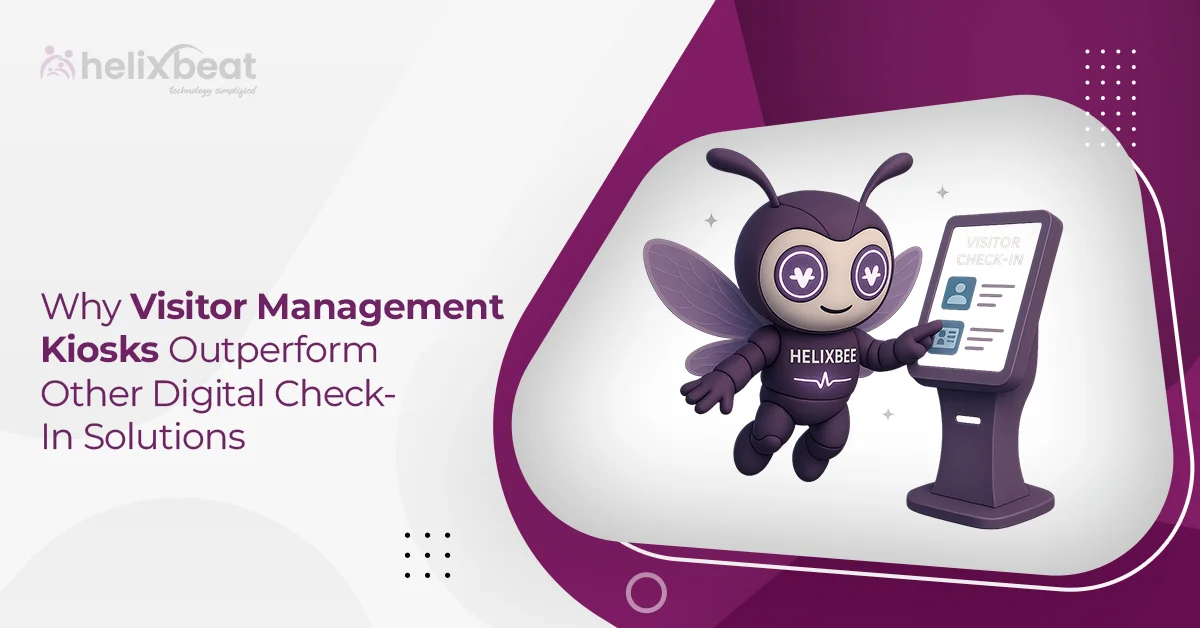Every day, lives are saved, diagnoses are made, and healing begins in healthcare centres around the world. But behind the scenes—beyond the hospital rooms and waiting areas—another critical system struggles to keep up: payments.
Medical bills can be confusing and overwhelming for patients. A 2023 study by InstaMed revealed that 72% of patients are confused by their medical bills, and one in three has delayed or skipped treatment due to cost-related concerns. For providers, payment delays and system inefficiencies aren’t just frustrating—they’re costly. The Medical Group Management Association (MGMA) estimates that practices lose an average of 5–10% of their revenue due to inefficient billing processes.
The reality is stark: while medical technology has advanced rapidly, many healthcare facilities still rely on outdated, disconnected, or overly complex payment systems. These systems often lead to miscommunication, slow reimbursements, billing errors, and even data breaches.
And security? It’s a ticking time bomb. Healthcare continues to be one of the most targeted industries for cyberattacks, with payment data breaches costing providers an average of $10.1 million per incident according to IBM’s 2023 report.
It’s not just about payments—it’s about trust, access, and quality of care. Patients want transparency and flexibility. Providers need tools that simplify and secure the process. The healthcare sector needs the best payment solutions—ones designed for its unique challenges and evolving demands.
In this blog, we’ll explore what truly makes a payment system “the best” for healthcare, common pitfalls in choosing the wrong one, and how organizations can move toward secure, streamlined, and patient-friendly payment experiences.
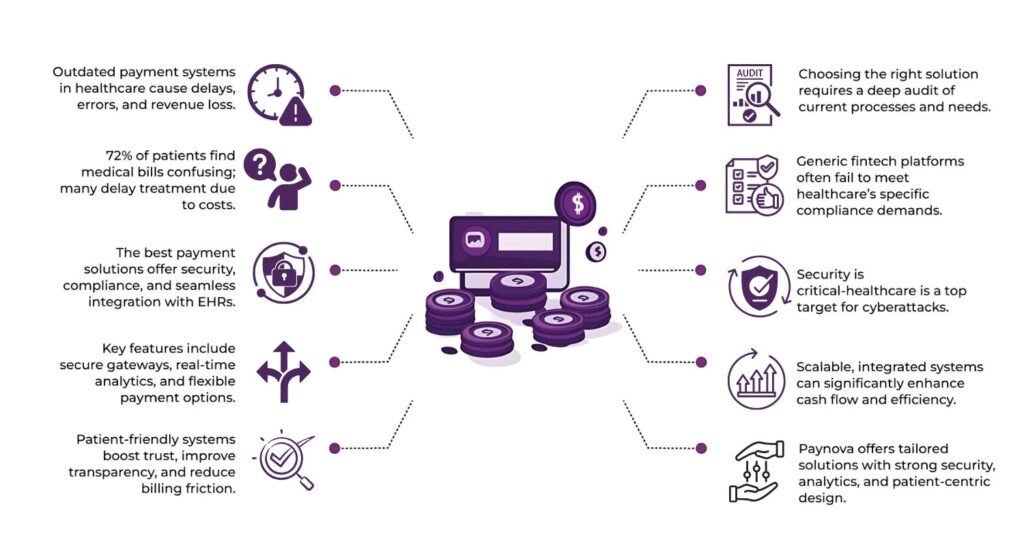
Table of Contents
Understanding Your Payment Needs
Every healthcare facility has unique financial and operational structures. A general physician’s clinic has vastly different needs compared to a large urban hospital or a telemedicine platform. Identifying these needs is the foundation of choosing the best payment solutions.
Start by mapping your patient flow, payment modes currently accepted, and backend billing processes. Evaluate how much time your staff spends reconciling payments, chasing invoices, or correcting billing errors. Identify whether you need subscription-based billing, split payments, or integrations with insurance databases.
Here are key questions to ask:
- Do you need recurring billing for subscription-based care models?
- Are you handling insurance claims and co-payments?
- Is there a need for multilingual and multi-currency support?
- How important is patient self-service through portals and apps?
Without understanding these fundamental needs, healthcare providers may end up adopting systems that are either overbuilt or under-equipped, ultimately failing to improve their financial processes.
What Makes a Payment System Truly the Best for Healthcare?
What distinguishes the best payment solutions from generic systems? In healthcare, it’s not just about processing money. It’s about security, speed, integration, compliance, and patient experience. Here’s what you need to look for:
1. Compliance with Healthcare Regulations
Regulatory compliance is non-negotiable. In the U.S., payment systems must be HIPAA-compliant. The best payment solutions ensure that personal health information is protected during every transaction.
2. Integration with EHRs and Practice Management Software
Healthcare relies on data consistency. Payment systems should integrate smoothly with Electronic Health Records (EHRs), billing software, and appointment management tools. This ensures real-time updates and minimizes administrative errors.
3. Secure Payment Gateways
Given the sensitive nature of healthcare data, Secure Payment Gateways are critical. Look for platforms that offer end-to-end encryption, tokenization, and fraud detection. These layers of security not only protect patient data but also instill trust in your services.
4. Real-Time Payment Analytics
Real-Time Payment Analytics help finance teams monitor revenue streams, detect anomalies, and plan budgets. Dashboards that display payment statuses, trends, and outstanding dues make financial management significantly more efficient.
5. Multiple Payment Options
Today’s patients expect choice and flexibility. The best payment solutions offer support for debit/credit cards, mobile wallets, UPI, net banking, and even emerging options like Buy Now, Pay Later (BNPL).
These features together make a payment system capable of meeting the high standards and complex needs of modern healthcare operations.
The Challenges in Selecting the Right Solution
Despite the abundance of fintech tools, healthcare businesses face several unique challenges when finding payment solutions tailored to their operations.
A. Fragmented Workflows
Many healthcare facilities operate with siloed systems. Patient records, billing, and appointments may all be managed on separate platforms. This fragmentation makes it difficult for any single payment system to integrate seamlessly. Even the best payment solutions can fall short if they can’t bring everything together.
B. Patient Reluctance to Digital Payments
While digital adoption is growing, some patients—especially older adults—prefer traditional methods. Cash and checks still play a role in certain demographics. The best payment solutions must balance innovation with accessibility.
C. Hidden Costs and Rigid Contracts
Some vendors market themselves as offering the best payment solutions, only to surprise clients with hidden fees, contract lock-ins, and limited customer service. This lack of transparency is a major red flag.
D. Security Concerns and Data Breaches
Healthcare data is among the most targeted in cybercrime. Breaches can cost millions and permanently damage reputations. Robust Secure Payment Gateways must be part of the solution.
E. Scalability
As your practice grows, so do your payment processing needs. A system that performs well with 100 transactions a week may falter at 10,000. The best payment solutions should scale without loss of performance.
How to Choose the Right Payment Solution
Navigating the jungle of payment solutions may seem daunting, but here’s a practical roadmap to make the decision clearer:
1. Audit Your Current System
Start by identifying bottlenecks in your existing setup. Are patients facing delays? Are billing discrepancies common? Understanding the problem areas helps you find a solution that actually solves something.
2. Prioritize Features
Not all features are essential. Focus on must-haves like Secure Payment Gateways, intuitive dashboards, Real-Time Payment Analytics, and compatibility with your current software ecosystem.
3. Look for Healthcare-Specific Solutions
Generic fintech platforms may not understand your industry. Choose vendors who specialize in healthcare or have a proven track record with medical clients. The best payment solutions are those designed with healthcare needs in mind.
4. Test Before You Invest
Insist on a demo or free trial. Simulate real-world use cases—from patient check-in to invoice generation. This will give you a true feel of the platform’s efficiency and reliability.
5. Evaluate Support and Training
A great system is useless if no one knows how to use it. Choose a provider that offers onboarding assistance, user guides, and 24/7 customer support. The best payment solutions prioritize your long-term success.
Real-World Impact of the Best Payment Solutions
The right payment system can have transformative effects on healthcare operations:
Increased Efficiency
Automated billing and record syncing reduce administrative work, letting your team focus more on patient care.
Faster Payments
With Secure Payment Gateways, credit card vaults, and one-click payment options, transactions are completed within seconds.
Better Cash Flow Management
Thanks to Real-Time Payment Analytics, finance departments can project revenue, identify slow payers, and plan for seasonal fluctuations.
Improved Patient Experience
Offering multiple payment methods and self-service options enhances convenience and builds trust.
Fewer Errors
Integrated platforms reduce duplication and billing mismatches, significantly cutting down reconciliation time.
Hospitals and clinics that invest in the best payment solutions often report increased patient satisfaction, improved revenue cycles, and smoother back-office operations.
Experience Easy and Efficient Payments with Paynova
At Paynova, we’ve built one of the best payment solutions exclusively for the healthcare sector. We understand that your payment system isn’t just a financial tool—it’s an essential part of the patient journey.
Here’s why Paynova stands out:
- Integrated Systems: Plug and play with your EHR, appointment manager, and billing software.
- Secure Payment Gateways: PCI-DSS certified infrastructure with multi-layered fraud detection.
- Real-Time Payment Analytics: View live metrics, outstanding balances, and patient payment trends.
- Multi-Option Payments: Cards, wallets, bank transfers, and more—all supported.
- Patient-Centric Design: A clean, intuitive interface that patients of all ages can use.
- World-Class Support: From setup to daily operations, our team is available around the clock.
Whether you’re running a hospital chain or a growing telehealth startup, Paynova offers the best payment solutions for your current needs and future ambitions.
Final Thoughts
The world of healthcare is evolving—and so should your payment infrastructure. As digital health grows, patients expect smooth, safe, and flexible financial interactions. Implementing the best payment solutions isn’t just a technological upgrade—it’s a strategic decision that affects every part of your business, from reputation to revenue.
With Secure Payment Gateways, Real-Time Payment Analytics, and an understanding of your unique challenges, finding the best payment solutions becomes not just possible, but powerful.
Let Paynova be your partner on this journey. Experience fast, flexible, and fully compliant payment systems that simplify operations and amplify trust.
Ready to transform how your healthcare business handles payments? Choose Paynova—the home of the best payment solutions.
FAQs
1. Why are payment systems so important in healthcare?
Payment systems ensure timely, accurate, and secure billing and transactions between patients, providers, and insurers. They directly impact cash flow, patient satisfaction, and regulatory compliance.
2. What features should the best healthcare payment solutions have?
The best systems offer HIPAA compliance, secure payment gateways, EHR integration, real-time analytics, multiple payment options, and user-friendly interfaces for both staff and patients.
3. How can payment systems improve patient satisfaction?
By offering transparent billing, self-service portals, and flexible payment options, patients gain more control and clarity over their medical expenses, reducing stress and improving their experience.
4. Are digital payments safe for healthcare transactions?
Yes, if the system includes secure payment gateways with encryption, tokenization, and fraud detection. Look for HIPAA-compliant solutions to ensure data protection.
5. How can healthcare providers choose the right payment system?
Start with a system audit, define your must-have features, focus on healthcare-specific vendors, test platforms through demos, and prioritize ongoing support and scalability.
6. Can a payment system integrate with existing healthcare software?
Absolutely. The best solutions integrate seamlessly with Electronic Health Records (EHRs), practice management systems, and billing tools to streamline workflows and reduce errors.
7. What are the risks of using outdated or generic payment systems?
Outdated systems can lead to billing errors, data breaches, delayed payments, poor patient experience, and non-compliance with healthcare regulations—ultimately affecting both reputation and revenue.



